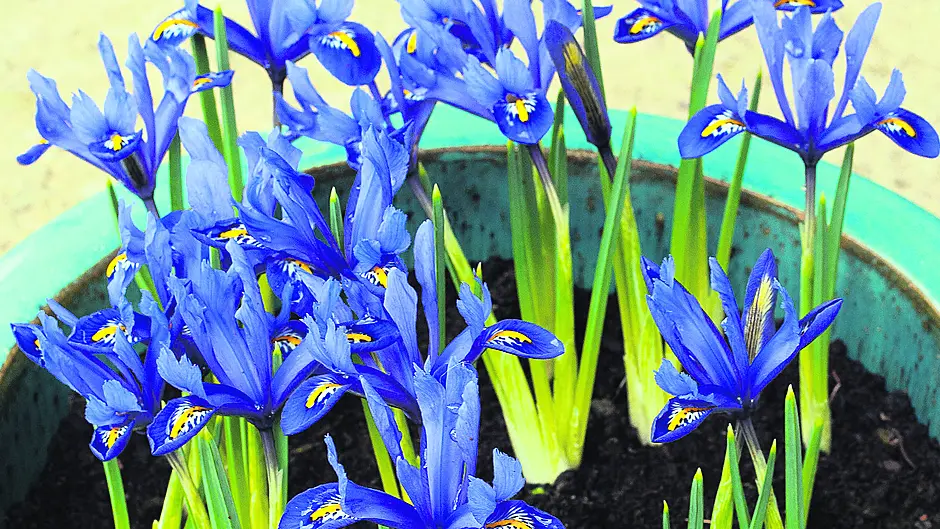GET out your garden notebook and make a plan! List the jobs you need to get done by the end of this month and then list the jobs to do by the end of March. The next couple of months may keep you on your toes more than the rest of the year, so it’s important to prioritise. You can repeat this pattern throughout the year, making lists of what to do for one or two months at a time.
Right now, there’s pruning and digging and feeding both soil and growing plants; there are repairs to structures and making sure all your tools and machines are working how you want. Some seeds do well if started early and some take a long time to grow – you need to remember to get them out of the packet and into soil or compost at the right time. It helps to look back over notes that you made in previous years – check what you sowed early and how well it performed. Choose whether to delay by a week or more this time around or whether to get things growing soon. It’s usually good not to sow too early at low temperatures, so keep an eye on the weather and refer to your notes to keep you to the best time.
With the right organisation you can have early potatoes, onion sets, parsnips, peas and broad beans set in the garden by the middle of March. You might have plenty of salad and seeds started in propagators too.
Under cover crops
If you have a greenhouse or polytunnel and like to raise your own plants from seeds, then get out your propagators and check to see they are working well. Late February is a good time to sow tomatoes in order to have good sized plants to go into their final planting position at the end of April. You can also sow peppers and aubergines if you haven’t done this already. Wait another four weeks or so before sowing cucumbers.
Tender plants like these need a bit of extra heat. If your propagator has a thermostat then try to keep it around 20C until seedlings emerge. You can drop to 18C after that – this helps grow stronger and more temperature resilient plants than those grown at 25C. An unheated propagator can be kept in a warm room in the house. Position it so it gets as much light as possible. All propagation units should be opened up if temperatures rise too high – a thermometer is essential for monitoring young plants.
I like to sow leeks, Brussels sprouts, Boltardy beetroot and celeriac in trays of compost in the polytunnel around now. A layer of bubble wrap over the top helps to keep things warm, but these all do well at temperatures between 5C-15C. The odd night lower than that will do no harm. You can also sow sweet peas in pots in the greenhouse or polytunnel now.
Early roots
Try sowing some early carrots in a 30cm pot of compost. Cover the top with bubble wrap until the seedlings emerge and protect from slugs from 12 days after sowing. Remove the cover when leaves outgrow it. Keep the pot in a porch, greenhouse or polytunnel and you will grow some tasty fingerling carrots in about three months.
I also grow some early seed potatoes in buckets in the polytunnel. Plant one or two potatoes per bucket and you will get some delicious very early spuds.
Check peas and beans
Check autumn sown plants that are growing under cloches outdoors. They may be a little spindly if light levels have been low. This isn’t much problem, since light is increasing now, but you do need to provide some support if you decide to remove the cloche. This has been providing protection from wind and rain, so keep it in place until the plants need extra space. Some twiggy sticks will provide immediate support to small plants and this may be enough to support a low growing variety. Be sure to put a larger structure of poles and string around taller growing varieties. Stems can snap if you leave them exposed.
Slugs and snails start to get active as things warm up. You may need to use some organic approved pellets to protect small plants.
Spring bulbs
If you have bulbs in pots then be sure to move them out where they will be seen as soon as buds start to open. Some flowers don’t last very long but the burst of colour is always most welcome. I discovered a pot of miniature iris in full flower behind some larger pots in the polytunnel. Fortunately I didn’t totally miss the moment so now the lovely little purple flowers are welcoming visitors by the door to the house.








